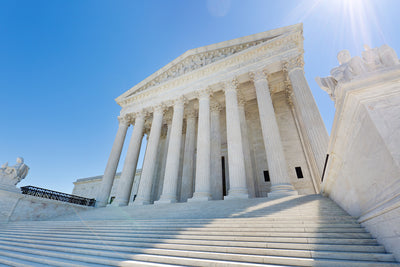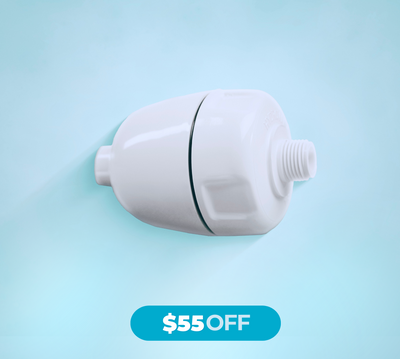BREAKING: The Supreme Court Sides With Clean Water
RSS
Analies Dyjak, M.A. | Policy Nerd
In a 6-3 landmark decision, the Supreme Court has sided in favor of clean water. County of Maui, Hawaii v. Hawaii Wildlife Fund tested a decades-old precedent relating to water pollution. The case calls into question whether or not indirect discharge of wastewater into a navigable water requires a permit from EPA.
Background: County of Maui, Hawaii v. Hawaii Wildlife Fund
In the late 1970’s and early 1980’s, the County of Maui built four injection wells to store treated wastewater. The use of injection wells was, at the time, the best option for dealing with treated sewage. The County was trying to prevent treated sewage from directly ending up in the Pacific Ocean. In 2013, the U.S. Environmental Protection Agency, alongside Hawaii state agencies, decided to study the environmental impact of the County's injection wells on Maui’s shoreline. A “tracer dye test” ultimately determined a hydrologic connection between the treated sewage from the injection wells and coastal Maui waters. Even though the County didn't directly discharge sewage into the Pacific Ocean, it was still ending up there via the injection wells. The county argued that because groundwater has historically been considered "non-point" (meaning no permit required) that it does not fall under the jurisdiction of the Clean Water Act. Because of this, the county believed that it was not liable under the Clean Water Act to obtain the proper permits required for point source pollution. The case made it's way through the Courts to the Ninth Circuit, who sided with the Hawaii Wildlife Fund. The County of Maui filed a petition for writ of certiorari and the case was heard by the Supreme Court.
How Did The Supreme Court Side?
On April 23, 2020, the Supreme Court sided in favor of Hawaii Wildlife Fund, and ultimately in favor of water. “We hold that the statute requires a permit when there is a direct discharge from a point source into navigable waters or when there is the functional equivalent of a direct discharge.” This quote from the opinion of Justice Stephen Breyer challenges the underpinnings of the Clean Water Act. It’s interpretation, however, is seemingly, and purposefully, broad. It’s obvious that the Supreme Court continues to grant primacy to EPA and Congress.
How Will This Change Precedent?
The decision of the Court challenges existing Clean Water Act (CWA) provisions. According to the CWA, a permit is not required for non-point source pollution into groundwater. The Court determined that discharge from an injection well is in fact considered “point source pollution,” which does require a permit. Does the term “functionally equivalent” apply to non-point source pollution other than wastewater? Does this apply to all other groundwater conduits? These are questions we hope to have answers to in the upcoming weeks.How Will This Impact Drinking Water?
The question of whether or not groundwater conduits should be regulated equivalently to point-source conveyances opens up a whole can of worms. As the Clean Water Act currently stands, groundwater, including private wells, is not regulated. This means that private well owners are entirely on their own for determining the safety of their drinking water. Justice Breyer could be calling for a broader range of regulated "groundwater" - resulting in less polluted aquifers for private wells. Alternatively, surface water quality across the country has the potential to drastically improve. In theory, more types of non-point source pollution could require permits/oversight, therefore resulting in cleaner water. Many lakes and rivers act as the primary drinking water source for major cities. For example: Chicago gets its water solely from Lake Michigan, Washington, D.C. draws water from the Potomac River, and Columbus, Ohio utilizes the Scioto River. All of these water sources are susceptible to pollution from various sources, including, but not limited to, wastewater injection wells.
If you have questions about this case and how it might impact your drinking water, feel free to send us an email at hello@hydroviv.com.
Other Articles We Think You Might Enjoy:How Did Hydroviv Perform in a Duke University PFAS Removal Study?
How Changes To The Waters Of The United States (WOTUS) Rule Affects Drinking Water
How Does Lead Enter Drinking Water?


